Home>Furniture>Outdoor Furniture>What Is Metal Decking
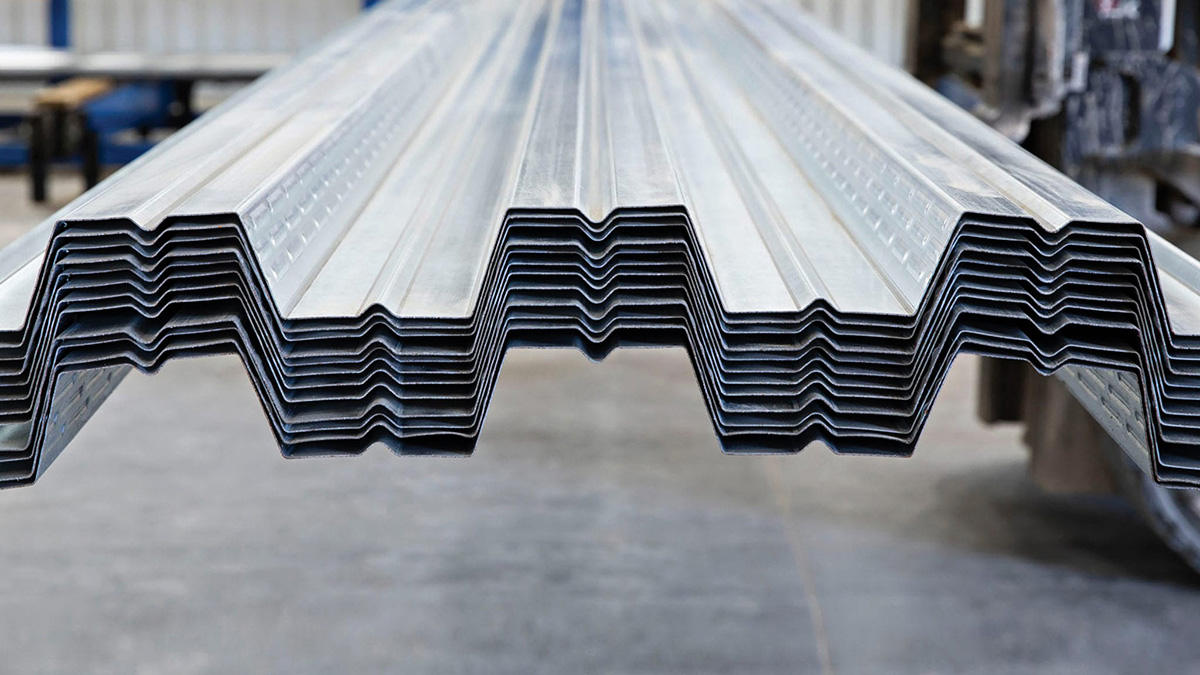

Outdoor Furniture
What Is Metal Decking
Modified: March 7, 2024
Discover the benefits of metal decking for your outdoor-furniture needs. Enhance durability and style with our high-quality range.
(Many of the links in this article redirect to a specific reviewed product. Your purchase of these products through affiliate links helps to generate commission for Storables.com, at no extra cost. Learn more)
Introduction
Welcome to the world of outdoor furniture! If you’re looking to create a cozy and functional outdoor space, having the right furniture is key. One type of outdoor furniture that has gained popularity in recent years is metal decking. Metal decking refers to the use of metal materials, such as steel or aluminum, to construct platforms or flooring for outdoor spaces. It adds a modern and industrial touch to any outdoor setting, making it a favorite among homeowners and businesses alike.
In this article, we will explore the different types of metal decking, its advantages, installation process, applications, and tips for maintenance. Whether you’re planning to revamp your backyard, deck, patio, or commercial space, metal decking might just be the perfect choice for you.
So, let’s dive in and learn more about this versatile and stylish outdoor furniture option!
Key Takeaways:
- Metal decking is a durable and stylish outdoor furniture option made from materials like steel or aluminum. It’s low-maintenance, fire-resistant, and offers a variety of designs for any outdoor space.
- With metal decking, you can create stable and secure outdoor platforms or flooring that can withstand various weather conditions. Its applications are versatile, from outdoor living spaces to commercial buildings and sports facilities.
Read more: What Is Decking
Definition of Metal Decking
Metal decking is a type of outdoor furniture made from metal materials, typically steel or aluminum, that is used to construct platforms or flooring in outdoor spaces. It is designed to be durable, weather-resistant, and long-lasting, making it a popular choice for homeowners, businesses, and commercial settings.
The primary purpose of metal decking is to provide a sturdy and stable surface for outdoor activities and gatherings. It can be used for various purposes, including creating elevated platforms, walkways, balconies, or even as the flooring for outdoor dining areas, patios, or decks.
Metal decking is available in a variety of designs and styles, allowing for customization and versatility to suit different outdoor aesthetics. It can be sleek and modern, with clean lines and minimalist designs, or it can feature intricate patterns and decorative elements to enhance the visual appeal of the outdoor space.
One of the defining characteristics of metal decking is its strength and durability. Metal materials are known for their structural integrity and ability to withstand the elements, making them ideal for outdoor use. Metal decking is resistant to weather conditions such as rain, snow, UV rays, and even insects or pests, ensuring that it remains in optimal condition for years to come.
Additionally, metal decking is often treated with protective coatings or finishes to enhance its resistance to corrosion and rust. This further prolongs its lifespan and ensures that it maintains its aesthetic appeal over time.
Overall, metal decking provides a stylish and practical solution for creating functional and visually appealing outdoor spaces. Whether you’re looking to revamp your backyard, patio, or commercial setting, metal decking offers a durable and versatile option to suit your needs.
Types of Metal Decking
When it comes to metal decking, there are several types available to choose from, each with its own unique features and advantages. Let’s take a closer look at some of the most common types:
- Steel Decking: Steel decking is the most popular and widely used type of metal decking. It is known for its strength, durability, and load-bearing capabilities. Steel decking is available in different profiles, such as ribbed or trapezoidal, which provide enhanced structural stability. It is commonly used in commercial and industrial settings, as well as in residential applications.
- Aluminum Decking: Aluminum decking is lightweight and corrosion-resistant, making it an excellent choice for outdoor spaces. It is highly durable, with the ability to withstand harsh weather conditions, UV rays, and moisture. Aluminum decking is also low-maintenance, requiring minimal upkeep and providing a long lifespan. It is often favored for its modern and sleek aesthetic.
- Composite Decking: While not entirely made of metal, composite decking combines a mix of wood fibers and plastic with a metal substructure. This type of decking offers the natural look of wood while benefiting from the durability and low maintenance of metal. Composite decking is resistant to rot, insects, and fading, making it a popular choice for outdoor areas that require a balance of aesthetics and functionality.
- Galvanized Steel Decking: Galvanized steel decking is steel that has been coated with a layer of zinc to enhance its corrosion resistance. This type of decking is highly durable, making it suitable for outdoor environments where moisture and exposure to the elements are a concern. Galvanized steel decking is commonly used in high-traffic areas, such as stadiums, bridges, and commercial buildings.
- Stainless Steel Decking: Stainless steel decking offers excellent resistance to corrosion, making it a top choice for outdoor spaces exposed to saltwater or harsh chemicals. It is durable, low-maintenance, and has a sleek and modern appearance. Stainless steel decking is commonly used in coastal areas, swimming pools, and marine environments.
It’s important to consider the specific requirements and demands of your outdoor space when choosing the type of metal decking. Factors such as budget, intended use, aesthetic preferences, and maintenance needs should all be taken into account. Consulting with a professional or knowledgeable supplier can help you make an informed decision and select the type of metal decking that best suits your needs.
Advantages of Metal Decking
Metal decking offers a range of advantages that make it an excellent choice for outdoor furniture. Here are some of the key benefits you can expect:
- Durability: Metal decking is known for its durability and longevity. Metal materials like steel and aluminum are resistant to rot, decay, and insect damage. They can also withstand extreme weather conditions, including rain, snow, and UV rays, without warping or deteriorating. This durability ensures that your outdoor furniture will last for many years with minimal maintenance.
- Strength and Stability: Metal decking provides excellent structural integrity, making it a reliable choice for supporting heavy loads and foot traffic. It offers stability and safety, making it suitable for elevated platforms, balconies, or decks. Metal decking can support the weight of furniture, plants, and people, ensuring a secure and solid outdoor space for gatherings and activities.
- Low Maintenance: Compared to other outdoor furniture materials like wood, metal decking requires minimal maintenance. It doesn’t need to be painted or stained regularly and is resistant to rot, mold, and pests. Simply cleaning it with mild soap and water is usually sufficient to keep it looking fresh and vibrant. This low maintenance requirement saves you time and effort in maintaining your outdoor space.
- Variety of Designs: Metal decking comes in a variety of designs and styles, allowing you to find the perfect fit for your outdoor space. Whether you prefer a sleek and modern look or a more intricate and decorative design, there are options available to suit your aesthetic preferences. Metal decking can be customized with different patterns, finishes, and colors, making it a versatile choice for any outdoor setting.
- Fire Resistance: Metal decking is inherently fire-resistant, providing an added layer of safety to your outdoor space. In the event of a fire, metal decking will not contribute to its spread, unlike other materials like wood. This fire resistance can be particularly beneficial in commercial settings or areas where fire safety is a top priority.
- Sustainable Option: Metal decking is often made from recyclable materials, making it an eco-friendly choice for outdoor furniture. Choosing metal decking helps reduce the demand for new materials and minimizes waste. Additionally, metal decking can be recycled at the end of its lifespan, further reducing its environmental impact.
With its durability, strength, low maintenance, and design versatility, metal decking provides a multitude of advantages that make it a top choice for outdoor furniture. Whether you’re looking to create a comfortable backyard oasis or outfitting a commercial space, metal decking offers the perfect combination of style and functionality.
Metal decking is a type of construction material used to create a strong and durable base for concrete floors in buildings. It is often made from steel and can provide added strength and stability to a structure.
Installation Process of Metal Decking
The installation process of metal decking requires careful planning and attention to detail to ensure a sturdy and secure outdoor flooring or platform. Here is a general overview of the installation steps:
- Preparation: Before starting the installation, it’s important to prepare the area where the metal decking will be installed. This includes clearing the space, removing any existing flooring or debris, and ensuring that the ground is level and stable.
- Measurements and Layout: Accurate measurements are crucial for a successful installation. Measure the desired area where the metal decking will be placed and mark the layout using chalk lines or other suitable markers. Pay attention to any obstructions like poles, plants, or structures that may require special attention during the installation.
- Substrate Preparation: The substrate, which is the surface on which the metal decking will be installed, needs to be properly prepared. This may involve applying a layer of sand, gravel, or a leveling compound to ensure a smooth and even surface.
- Install Support Structure: Next, install the support structure for the metal decking, which typically includes joists or beams. These structural components provide the framework and support for the decking. Ensure they are securely anchored and properly spaced for optimal stability.
- Attach Metal Decking: Once the support structure is in place, it’s time to attach the metal decking panels. Start at one end and work your way across, securing each panel to the support structure using appropriate fasteners, such as screws or clips. Follow the manufacturer’s guidelines for fastening methods and spacing between panels.
- Trim and Finishing Touches: Trim any excess or protruding edges of the metal decking panels, ensuring a clean and finished appearance. Apply any necessary finishing touches, such as edge caps or protective coatings, to enhance the durability and aesthetics of the metal decking.
- Inspect and Test: Once the installation is complete, thoroughly inspect the metal decking for any loose panels, uneven surfaces, or potential hazards. Test the stability and strength of the decking by walking on it and applying weight to various areas. Make any necessary adjustments or repairs to ensure a safe and secure installation.
It’s important to note that the specific installation process may vary depending on the type of metal decking and the manufacturer’s instructions. It’s recommended to consult with a professional or follow the guidelines provided by the manufacturer to ensure proper installation and maximize the longevity of your metal decking.
Read more: What Is Metal Siding
Applications of Metal Decking
Metal decking offers a wide range of applications, thanks to its durability, versatility, and aesthetic appeal. Here are some common applications where metal decking can be utilized:
- Outdoor Living Spaces: Metal decking is a popular choice for creating outdoor living spaces such as decks, patios, and balconies. Its strength and durability make it suitable for supporting furniture, plants, and outdoor amenities. Metal decking can be designed to complement various architectural styles, offering a sleek and modern look or a more traditional appearance.
- Commercial Buildings: Metal decking is widely used in commercial buildings, including hotels, restaurants, shopping malls, and office complexes. It provides a stable and secure floor surface for high-traffic areas, such as walkways, atriums, and public spaces. The durability of metal decking ensures that it can withstand heavy foot traffic and maintain its appearance over time.
- Industrial Settings: Metal decking is ideal for industrial environments that require a robust and reliable flooring solution. It is commonly used in warehouses, factories, and distribution centers. Metal decking can support heavy machinery, equipment, and storage systems, making it an essential component for efficient operations.
- Bridges and Walkways: Metal decking is often employed in the construction of bridges, pedestrian walkways, and elevated platforms. Its strength and load-bearing capabilities make it suitable for supporting weight over long spans. Metal decking provides a safe and stable surface for pedestrians, cyclists, and vehicles to traverse.
- Outdoor Dining Areas: Many restaurants and cafes use metal decking for their outdoor dining areas. Metal decking provides a durable and weather-resistant flooring option that can withstand spills, stains, and constant foot traffic. It is easy to clean and maintain, making it a practical choice for outdoor eating establishments.
- Stadiums and Sports Facilities: Metal decking is widely utilized in stadiums and sports facilities due to its strength and ability to support large crowds. It is commonly used for grandstands, bleachers, and spectator areas. Metal decking can also be used for player walkways, locker room floors, and other infrastructure within sports complexes.
The applications of metal decking are not limited to the above examples. Its versatility allows for creative and unique uses in various outdoor spaces. It is important to consider the specific requirements and demands of your project to determine the most suitable application for metal decking.
Maintenance and Care for Metal Decking
Metal decking is known for its durability and low maintenance requirements. However, regular care and maintenance can help prolong its lifespan and keep it looking its best. Here are some tips for maintaining and caring for your metal decking:
- Regular Cleaning: Clean the metal decking regularly to remove dirt, debris, and any stains or spills. Use a mild soap or detergent mixed with water and scrub the surface using a soft brush or cloth. Rinse thoroughly with clean water to remove any residue. Avoid using abrasive cleaners or tools that can scratch or damage the surface.
- Inspect for Damage: Regularly inspect the metal decking for any signs of damage, such as loose panels, rust spots, or dents. Repair or replace any damaged sections as soon as possible to prevent further deterioration.
- Protective Coatings: Depending on the type of metal decking, it may be beneficial to apply a protective coating or finish. This can help enhance its resistance to corrosion, rust, and UV rays. Consult with the manufacturer or a professional to determine the most suitable coating for your specific type of metal decking.
- Preventative Measures: Take preventative measures to protect your metal decking. Place mats or rugs under heavy furniture to avoid scratching the surface. Use coasters or protective pads under hot pots, pans, or grills to prevent heat damage. Avoid dragging heavy objects or using sharp tools that can scratch or dent the metal decking.
- Snow and Ice Removal: If you live in an area with snow and ice, it’s important to remove them carefully from the metal decking. Use a plastic shovel or a broom with soft bristles to avoid scratching the surface. Avoid using metal shovels or ice picks that can damage the decking. Applying a de-icing agent can help prevent the formation of ice.
- Annual Inspections: Conduct annual inspections of your metal decking to assess its condition and identify any potential issues. Look for signs of rust, corrosion, loose fasteners, or any structural concerns. Address any problems promptly to prevent further damage.
- Professional Maintenance: If you’re unsure about proper maintenance or if your metal decking requires extensive repairs, consider consulting with a professional. They can provide expert advice and perform necessary maintenance or repairs to ensure the longevity and safety of your outdoor furniture.
With proper care and maintenance, your metal decking will continue to provide a functional and visually appealing outdoor space for many years to come. Regular cleaning, inspections, and timely repairs are key to keeping your metal decking in optimal condition. Enjoy the benefits of your metal decking and make the most of your outdoor living space!
Conclusion
Metal decking is a versatile and durable outdoor furniture option that brings style and functionality to any outdoor space. Whether you’re revamping your backyard, designing a commercial setting, or enhancing a public area, metal decking offers an array of advantages that make it a popular choice among homeowners and businesses.
With its strength, durability, and load-bearing capabilities, metal decking can support heavy loads and withstand various weather conditions, ensuring a stable and secure outdoor flooring or platform. Its low maintenance requirements and resistance to rot, mold, and pests make it a practical choice for those seeking hassle-free outdoor furniture.
When it comes to aesthetics, metal decking offers a wide range of design options. From sleek and modern to intricate and decorative patterns, you can find the perfect fit for your outdoor space. The ability to customize metal decking with different finishes, colors, and coatings allows you to create a unique and visually appealing outdoor setting.
Whether you’re creating outdoor living spaces, commercial buildings, bridges, or sports facilities, metal decking provides a reliable and functional solution. Its applications are limitless, making it suitable for various outdoor settings that require strength, stability, and durability.
To maintain the quality and longevity of your metal decking, regular cleaning, inspections, and appropriate preventive measures are important. By following proper maintenance practices, you can protect your investment and ensure that your metal decking remains in optimal condition for years to come.
In conclusion, if you’re looking for a durable, stylish, and versatile outdoor furniture option, metal decking is worth considering. Its numerous benefits, including durability, strength, low maintenance, and design options, make it a popular choice among homeowners and businesses alike. Explore the possibilities of metal decking and create your dream outdoor space!
Frequently Asked Questions about What Is Metal Decking
Was this page helpful?
At Storables.com, we guarantee accurate and reliable information. Our content, validated by Expert Board Contributors, is crafted following stringent Editorial Policies. We're committed to providing you with well-researched, expert-backed insights for all your informational needs.
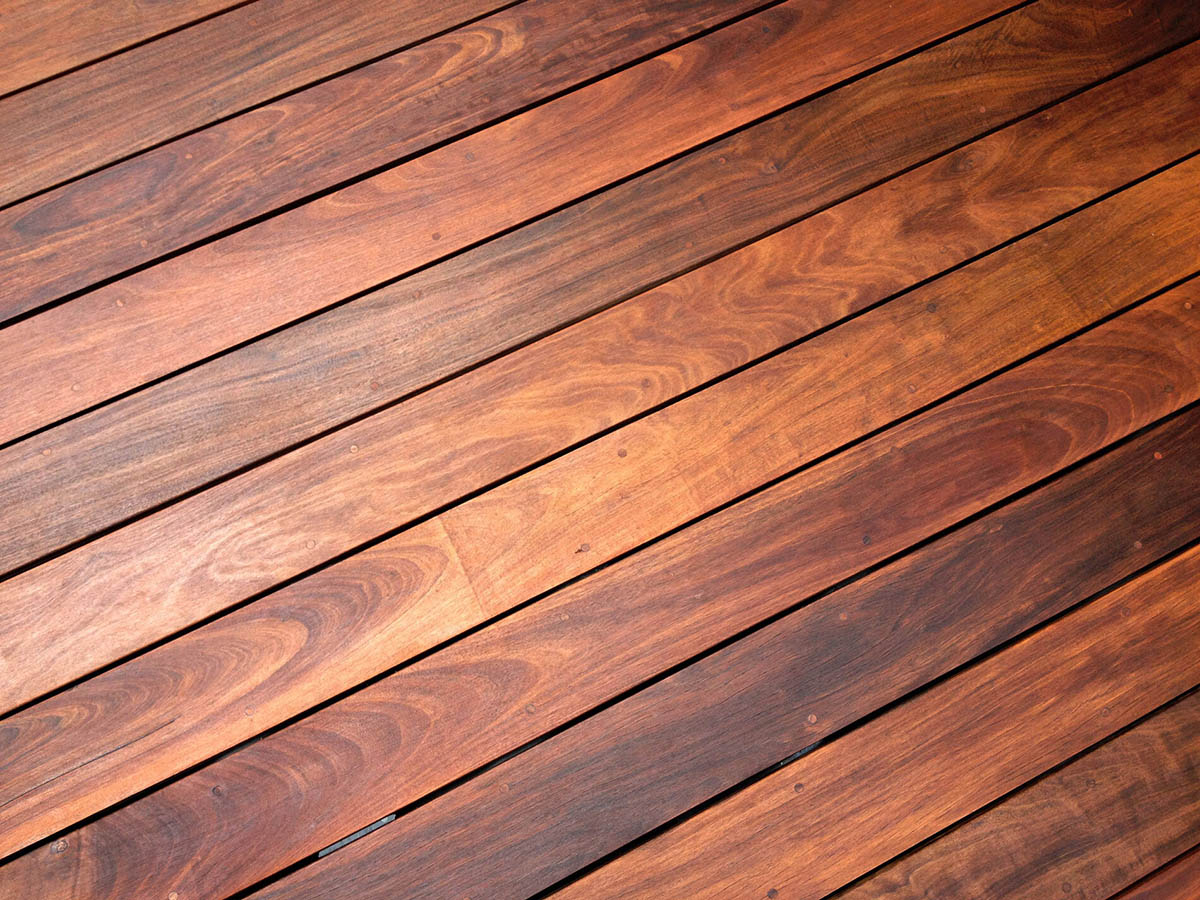
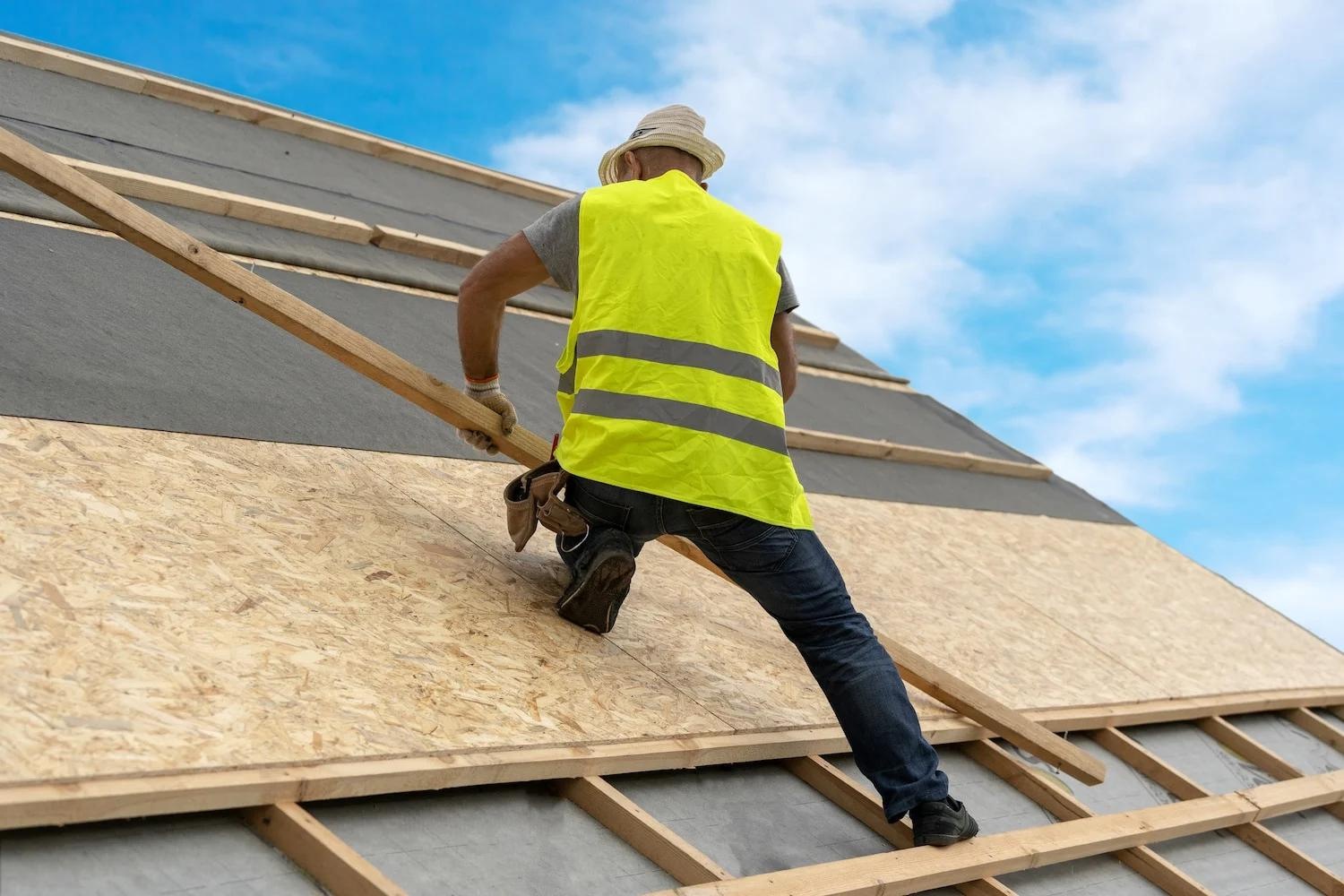
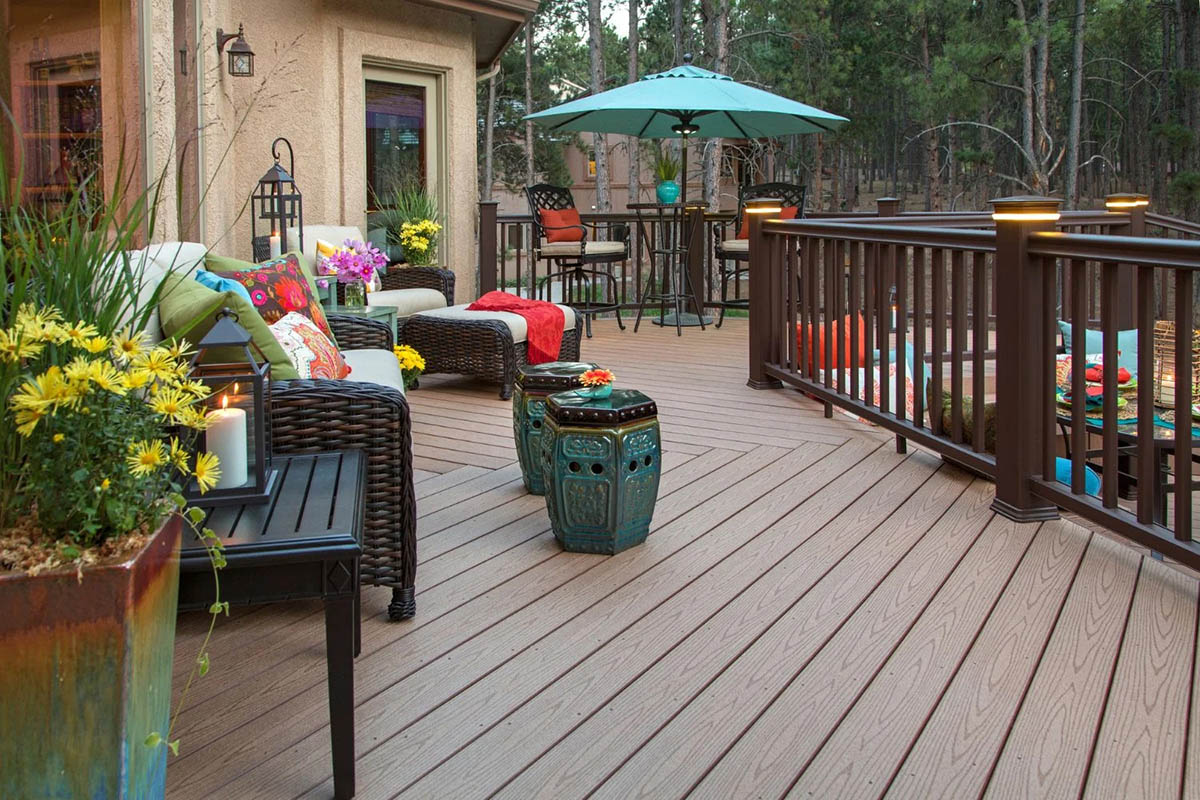
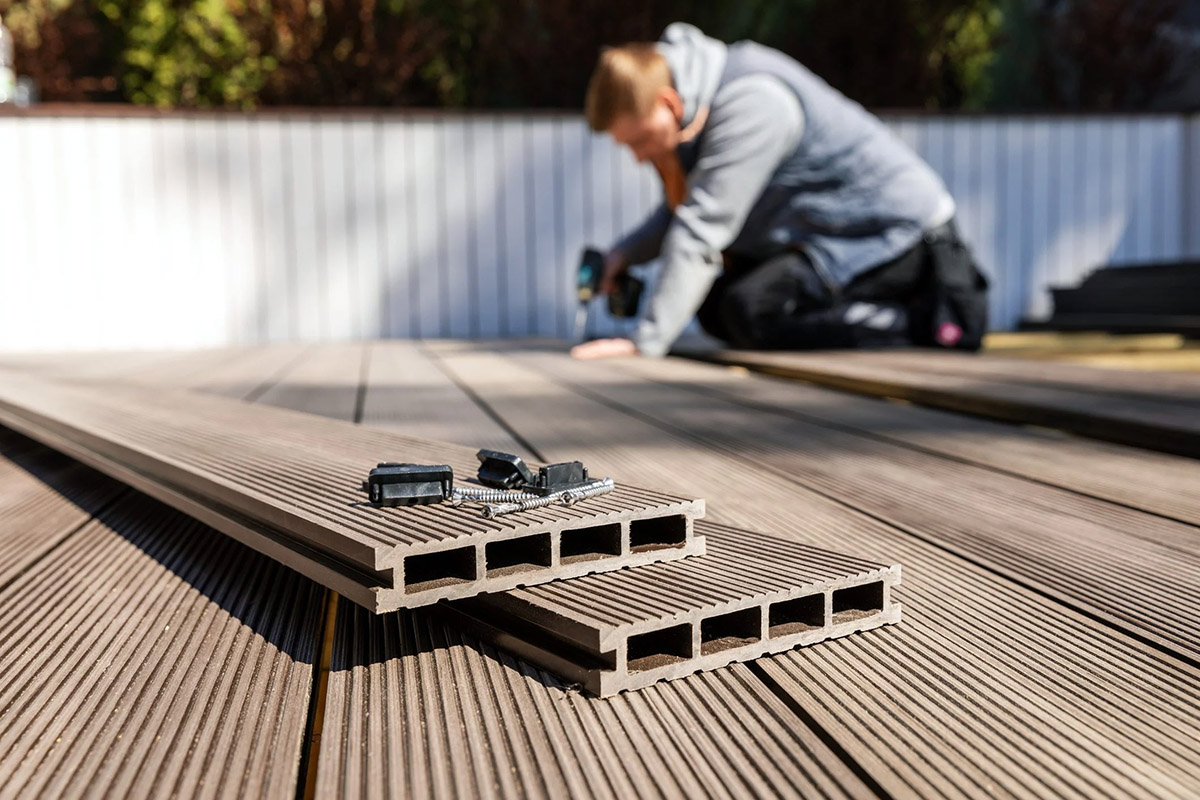
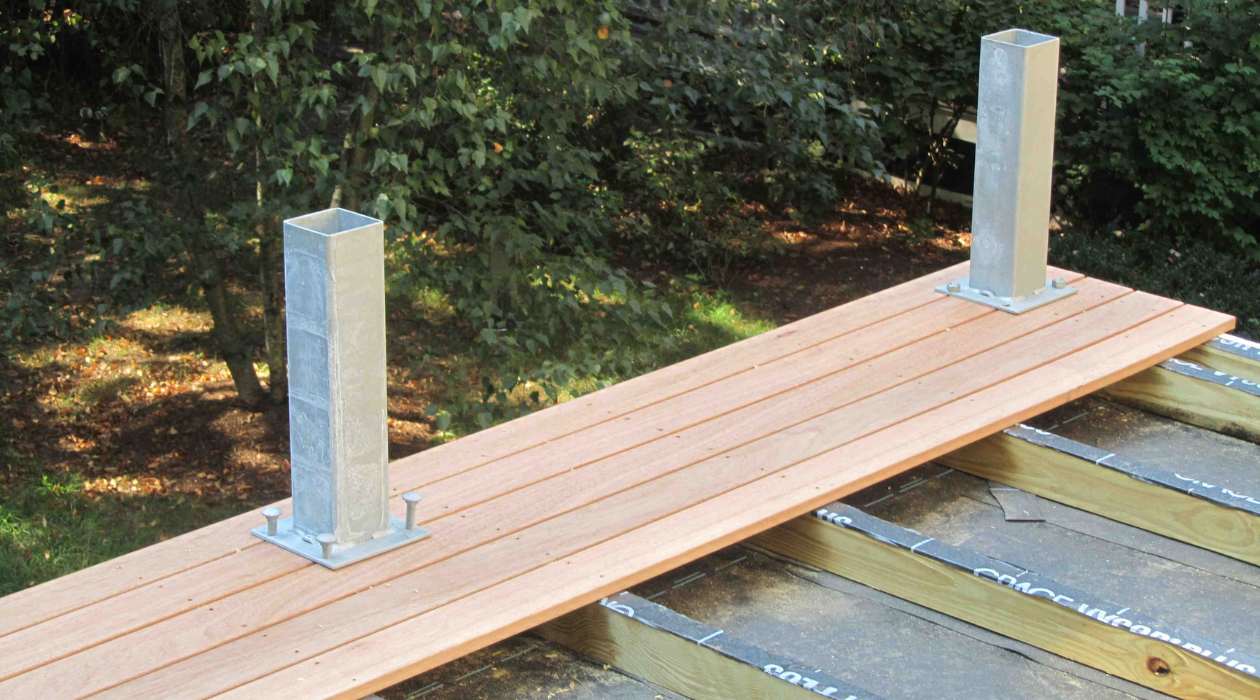
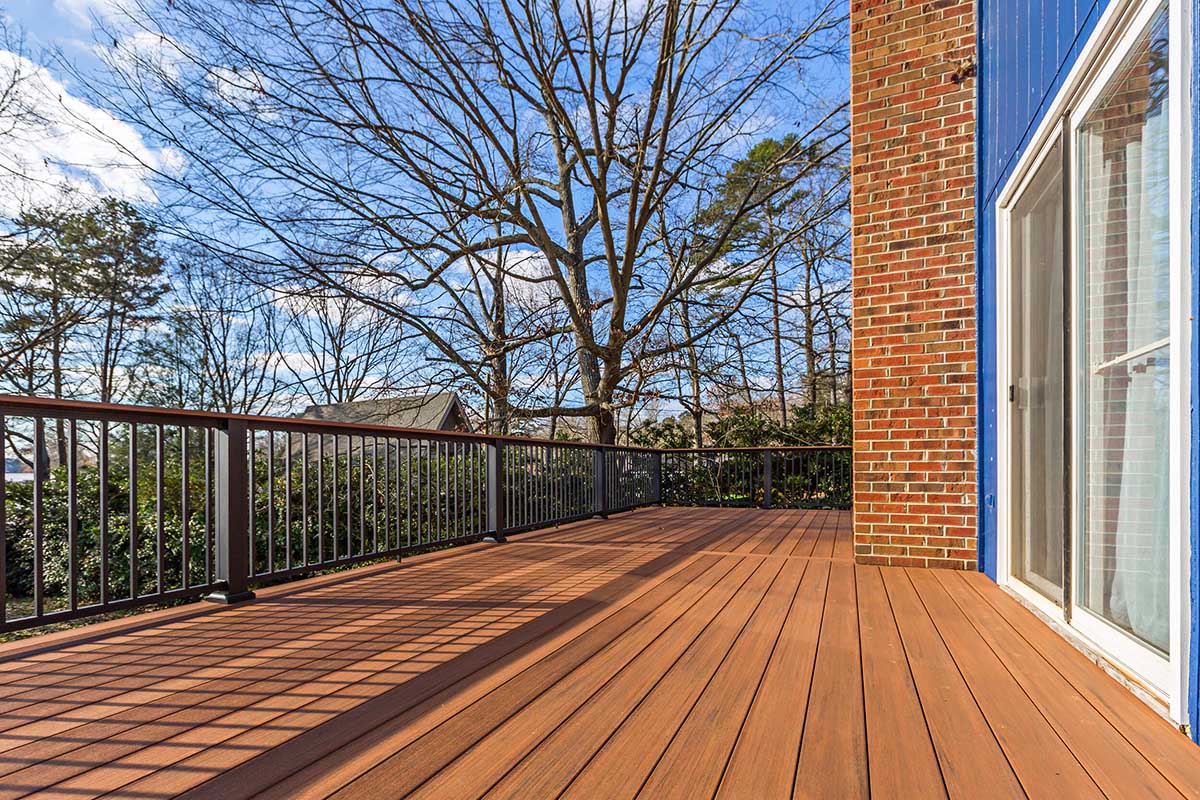
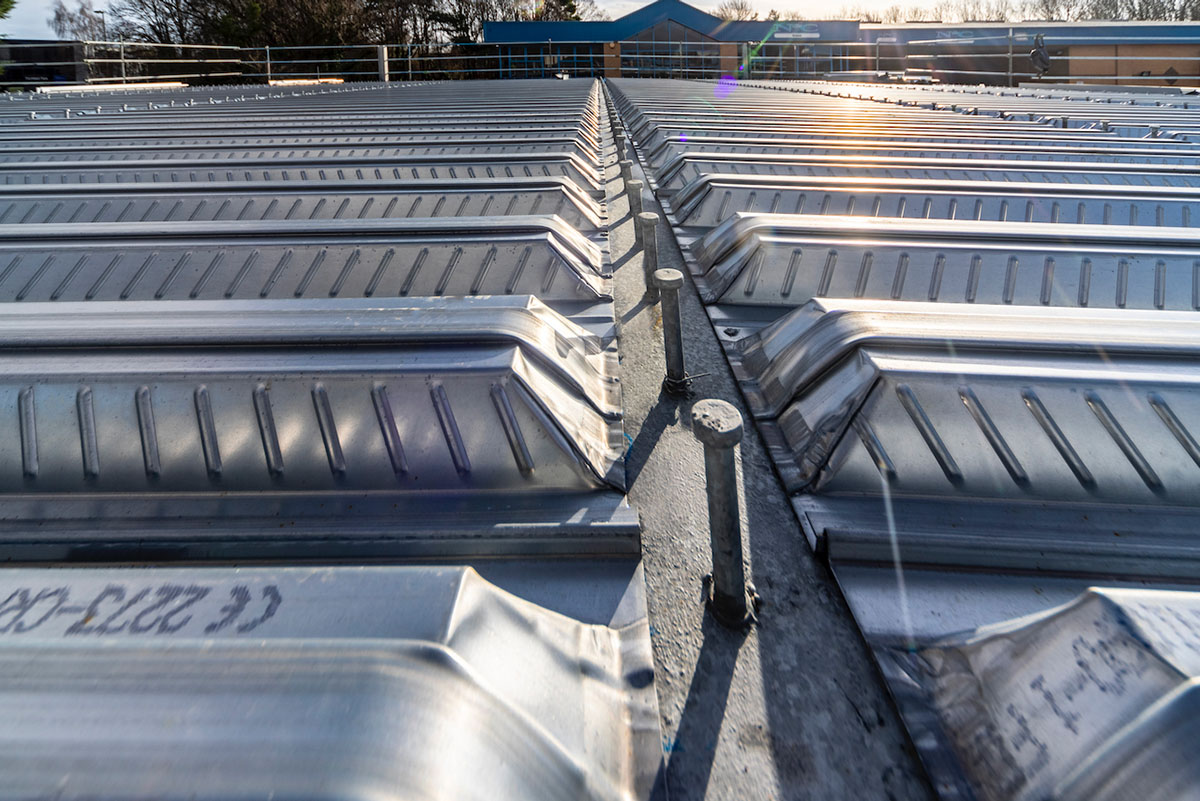
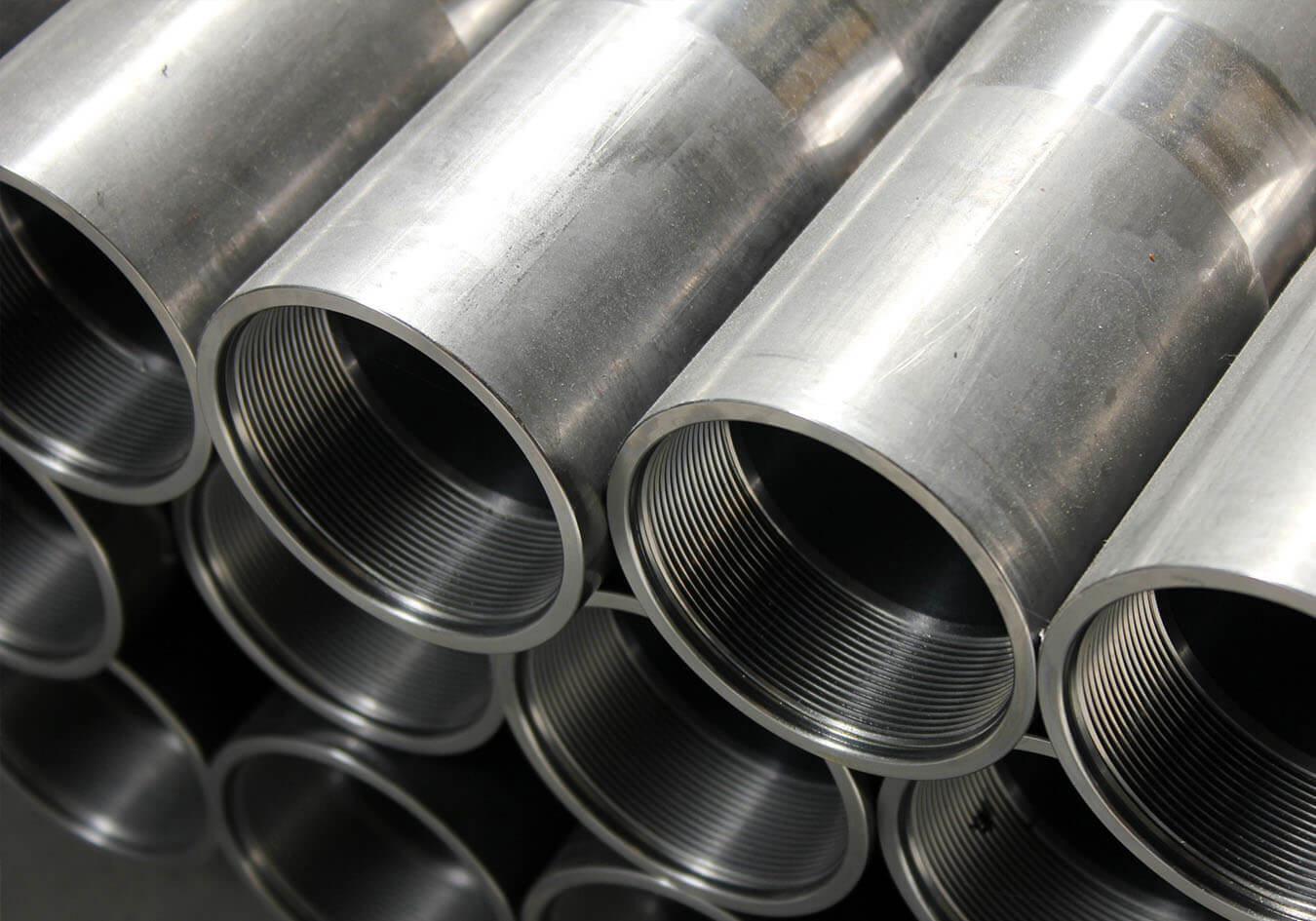
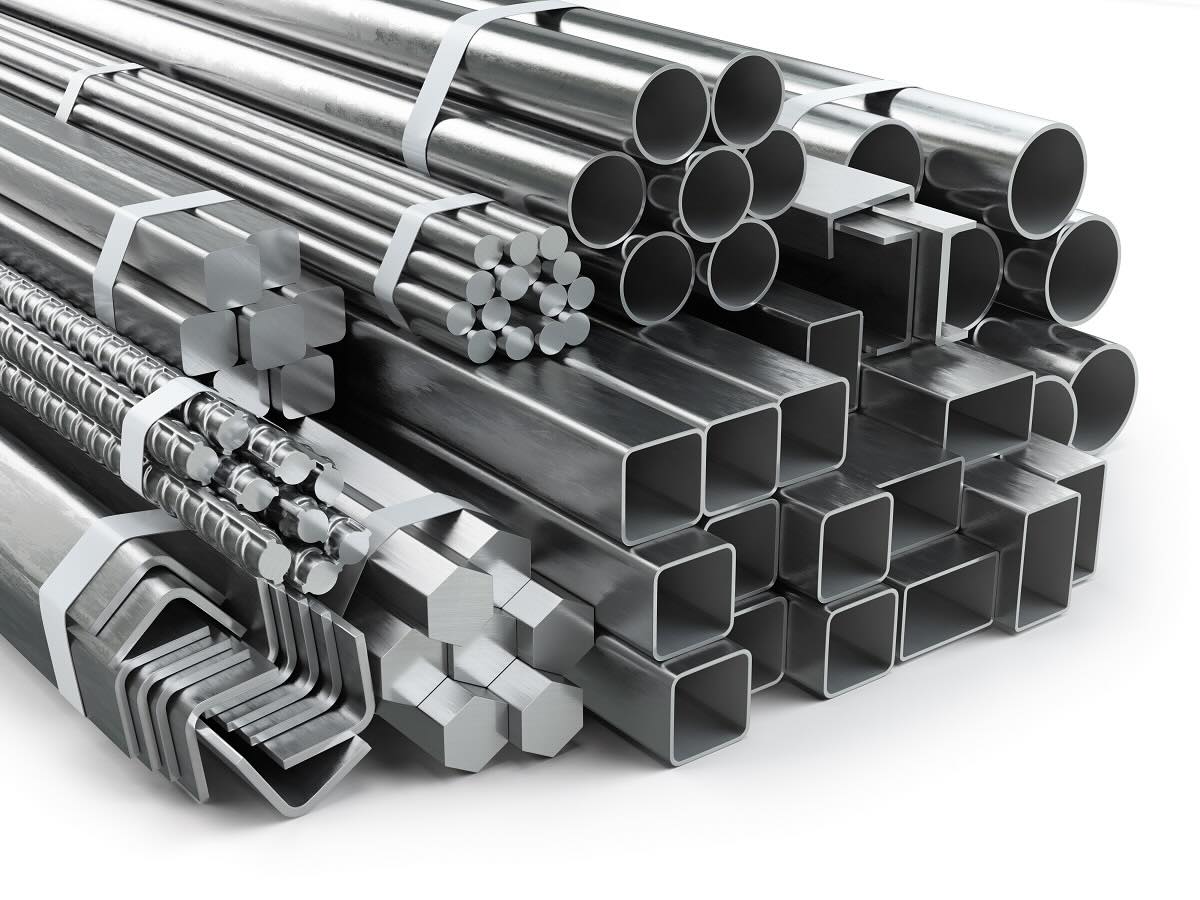
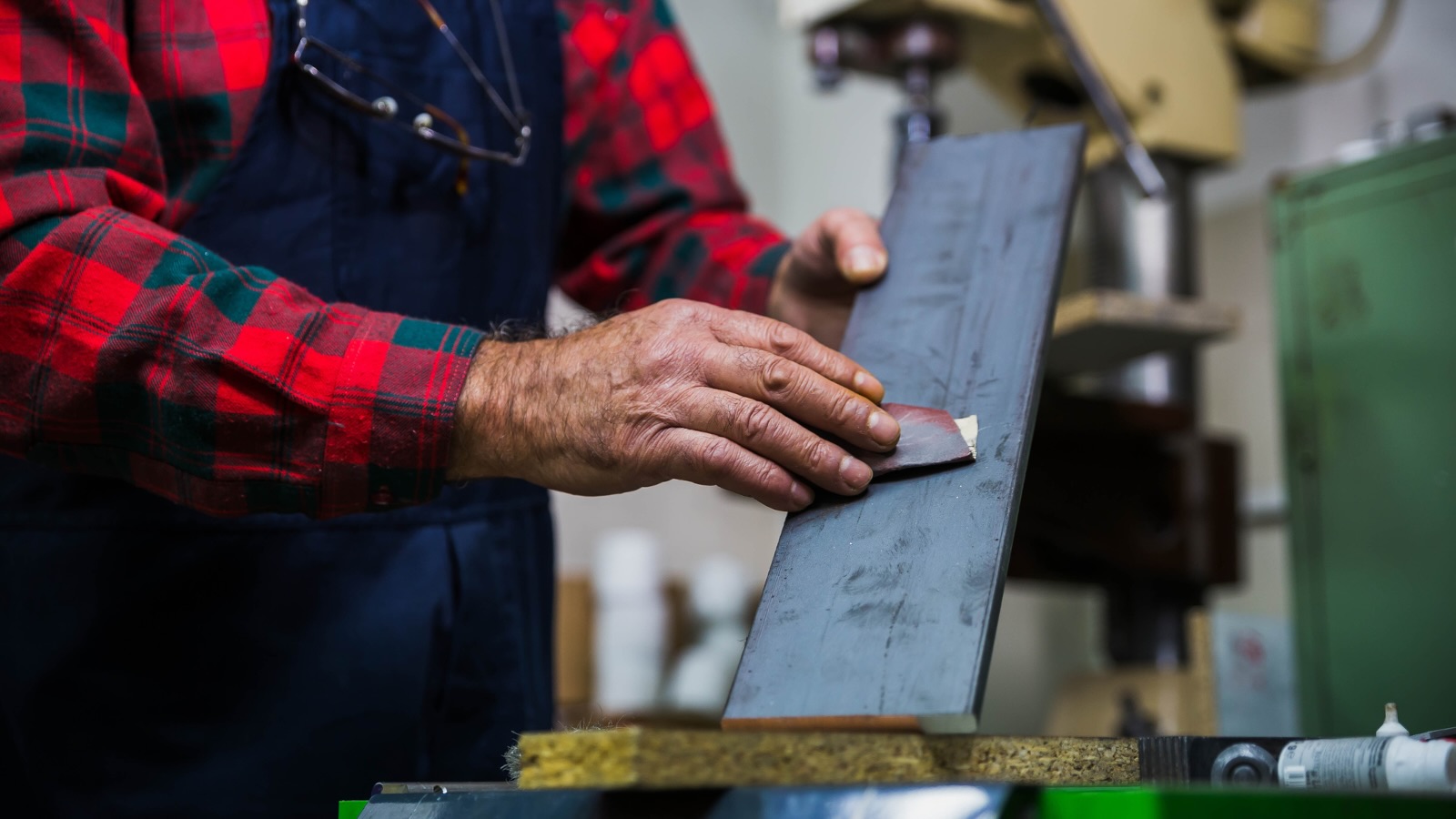
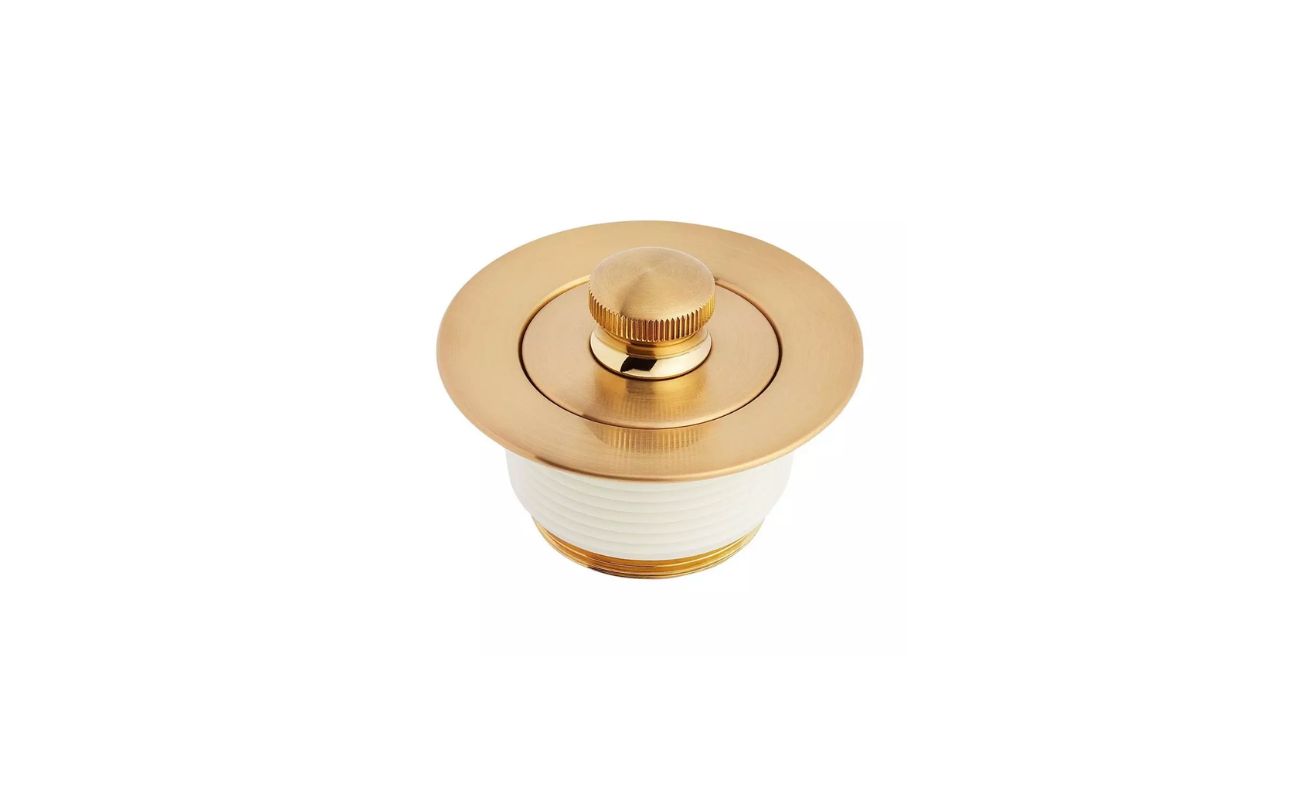
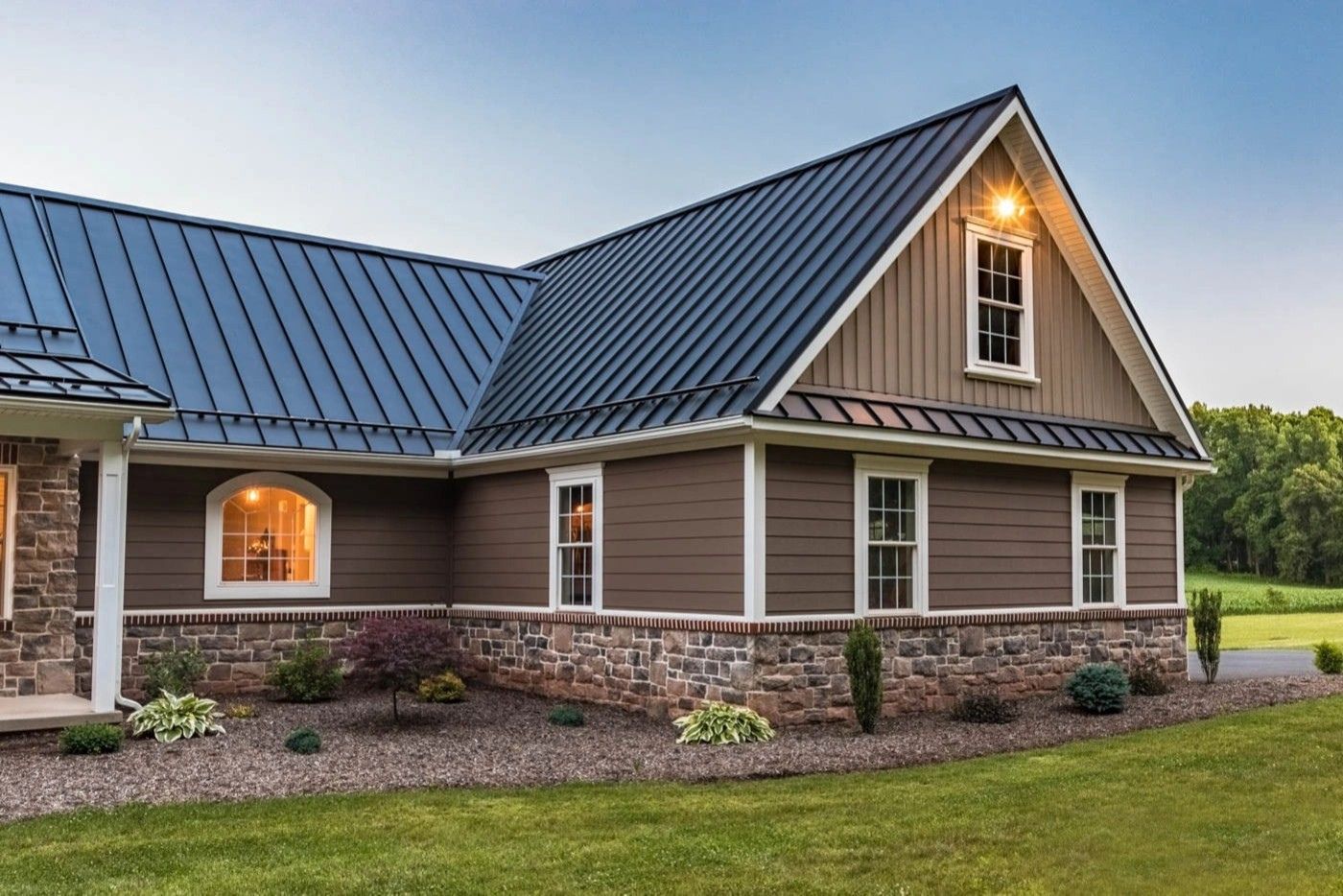
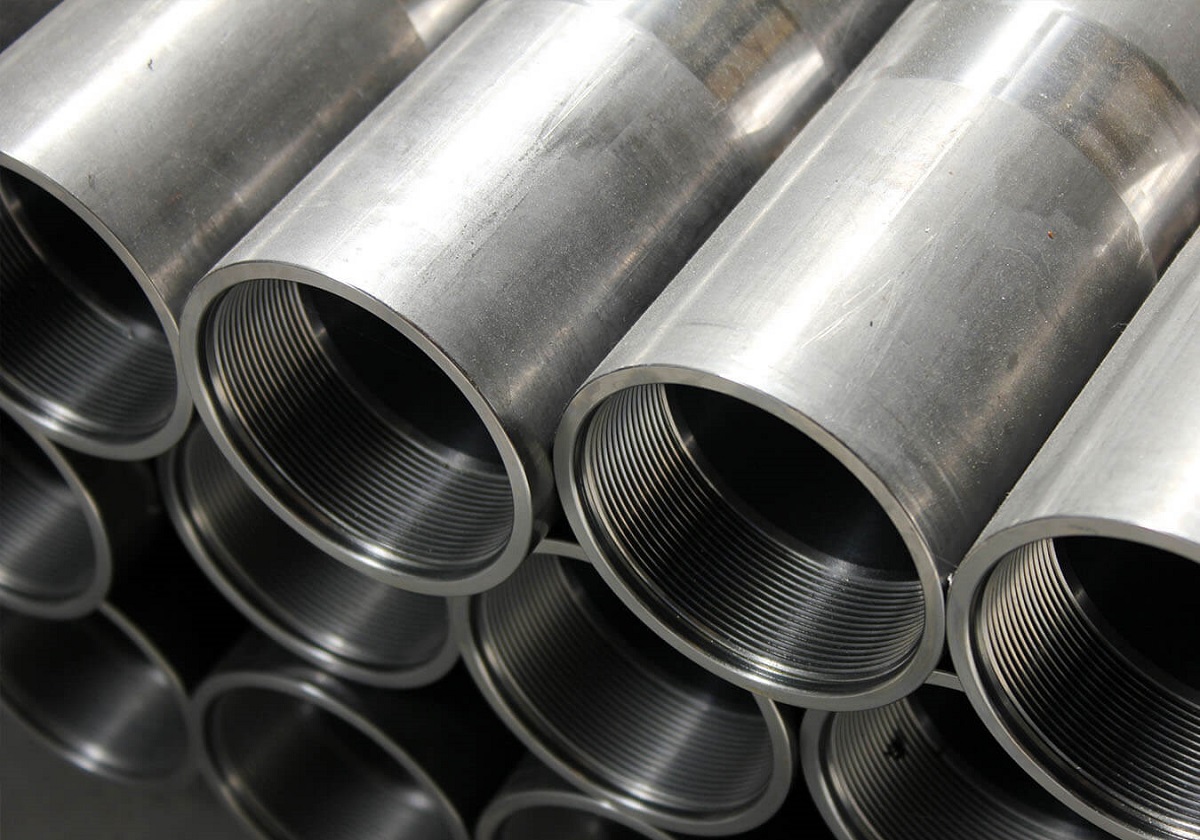
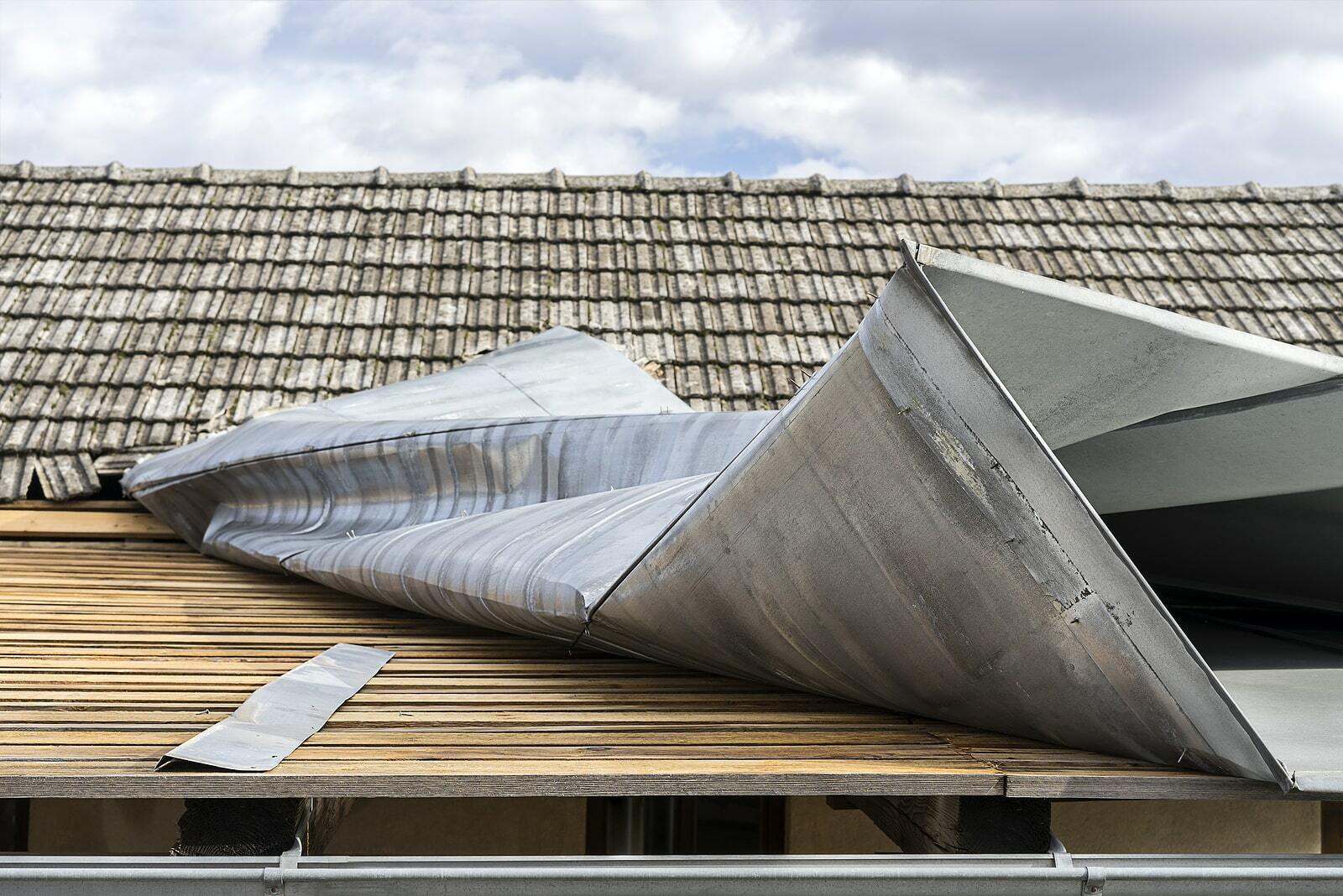

0 thoughts on “What Is Metal Decking”